Everything with color has a spectral signature, and when light interacts with an object, it will either absorb, reflect, transmit, or re-emit incident light energy.
The degree of absorption, reflection, transmission, or re-emission will vary depending on the wavelength constituting the incident light and the nature of the object.
A red apple, for example, would reflect the red wavelengths from the sun’s visible rays while absorbing the rest. The color observed is due to the apple’s reflectance spectrum being heavily weighted toward the red.
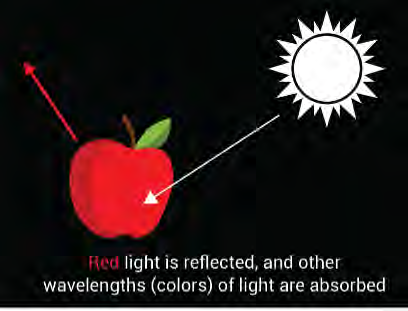
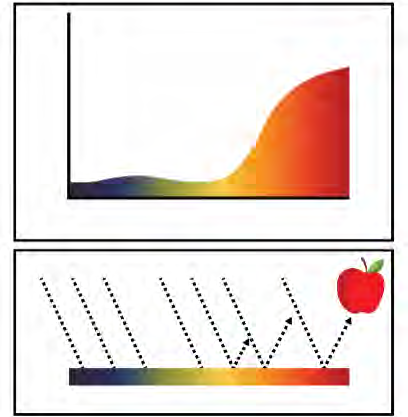
Image Credit: Chroma Technology Corp.
The apple would reflect light energy beyond the visible red and into the infrared (IR), but the human eye cannot see this IR light.
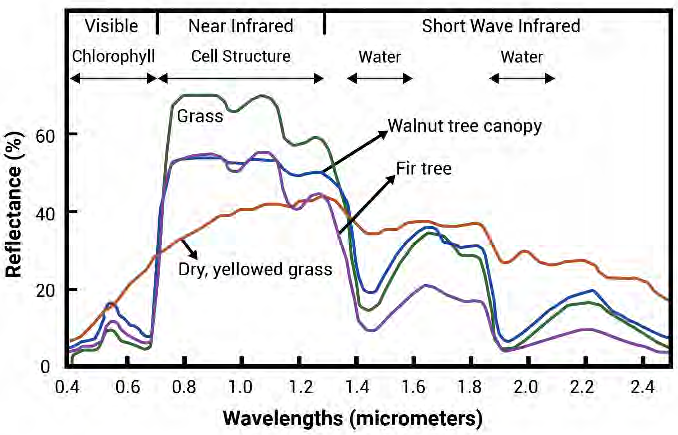
Image Credit: Chroma Technology Corp.
Some objects of interest have a comparatively simple reflectance spectrum in the visible wavelengths but exhibit more complex spectral signatures in the short-wave IR (SWIR).
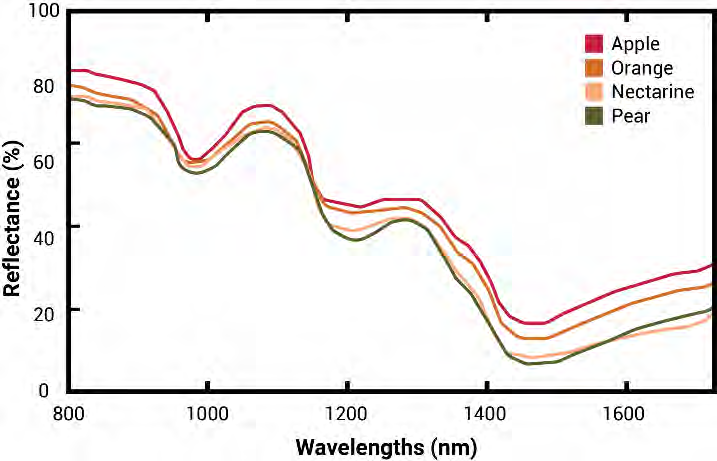
Image Credit: Chroma Technology Corp.
SWIR exhibits a wavelength range past that of near-IR light, around ~ 1 μm to 3 μm. The wavelength range roughly follows the spectral response of the semiconductor detector indium-gallium-arsenide.

Image Credit: Chroma Technology Corp.
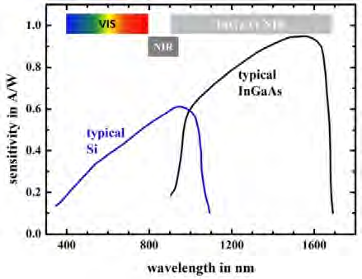
Image Credit: Chroma Technology Corp.
Most objects reflect some amount of SWIR light rather than absorbing it, making the SWIR range extremely useful in a wide range of imaging applications.
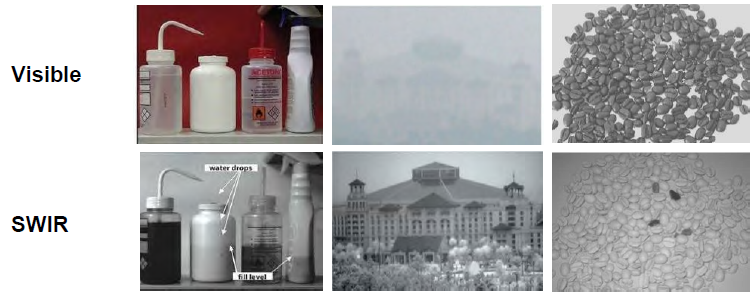
Image Credit: Chroma Technology Corp.

Image Credit: Chroma Technology Corp.
These applications include:
- Agricultural monitoring
- Waste management
- Semiconductor inspection
- Thermal imaging
- Food inspection and sorting
- Life sciences
Optical Filters
Optical filters allow transmitting light of specific wavelengths while rejecting (or blocking) light of other wavelengths. These filters can be employed in imaging devices to highlight the spectral signatures of objects, enhancing image contrast. They essentially allow desired light to pass through while rejecting undesired light.
The spectral plot of a “red” filter shows % transmission as a function of wavelength. This represents the percentage of energy that passes through the filter. Any light not allowed to transmit is either absorbed or reflected. This can be understood as T + A + R = 100 %.

Image Credit: Chroma Technology Corp.
Multispectral Imaging with Optical Filters
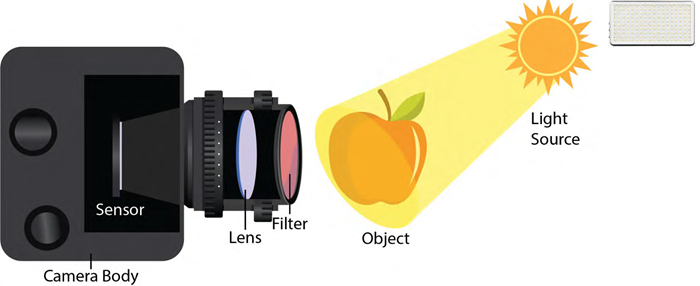
Image Credit: Chroma Technology Corp.
Even the most basic imaging system has a filter. Multispectral imaging applications leverage multi-image capture, each image capturing a specific color or spectral band. This may involve using an RGB camera to provide images in three bands.
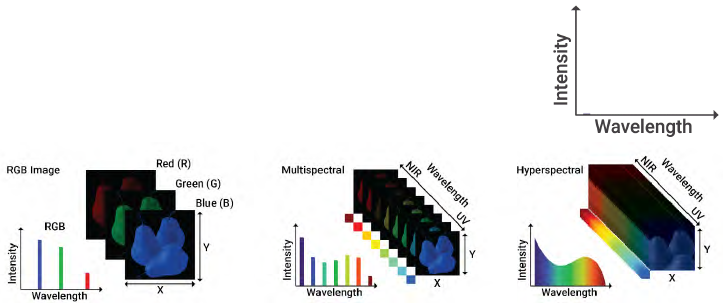
Image Credit: Chroma Technology Corp.
Multispectral cameras offer several discrete bands, while a hyperspectral camera produces images over a continuous spectrum, allowing much more information to be obtained.
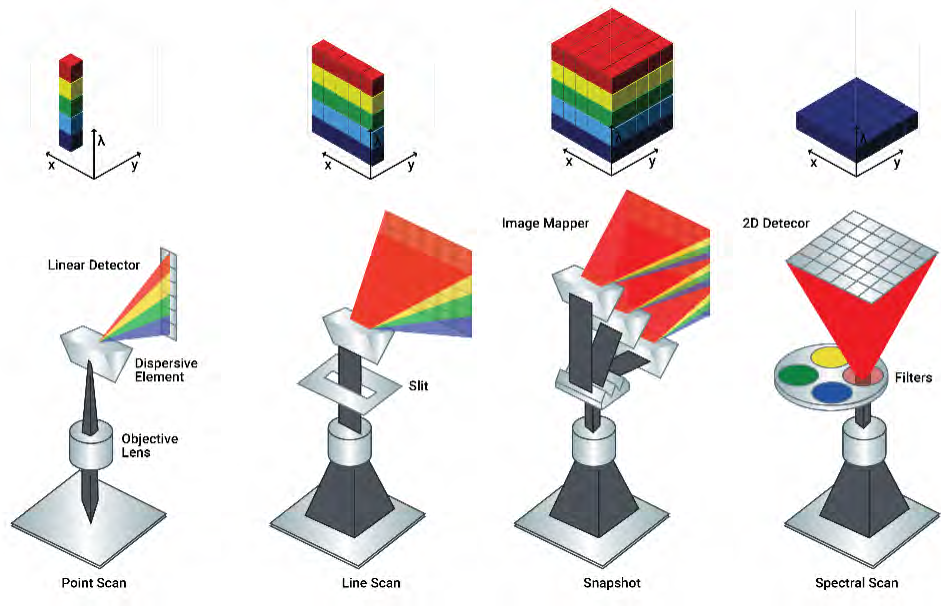
Image Credit: Chroma Technology Corp.
Approaches to multispectral images will vary depending on the specifics of the application, including the environment in which the imaging must be performed.

Image Credit: Chroma Technology Corp.
Techniques leveraging passive component optical filters are typically the simplest and most affordable solution.
In remote sensing applications, for example, multispectral imaging with optical filters offers a straightforward means of operationalizing imaging for precision agriculture or “smart farming.”
Machine vision and industrial applications can benefit from lower-cost cameras that require just one light source, with appropriately customized filters and multispectral imaging to accommodate the required pass/fail outcomes.
Filters in these applications improve spectral separation, reducing crosstalk and resulting in higher contrast (higher signal/noise). This enables the robot or inspection line to move faster, lowering overall inspection costs.
Systems with multiple LEDs can employ multiband filters with strobing to save on expensive cameras. Using this setup, just one camera can be used with no filter wheel.
Choosing the Right Optical Filters
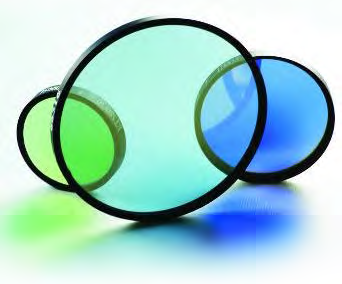
Image Credit: Chroma Technology Corp.
Filters can be customized to ensure that the band is precisely where required. For example, optical filters can be used to remove the overlap within the SWIR LEDs shown in this use case, increasing image contrast by removing a significant amount of unwanted light from each image.
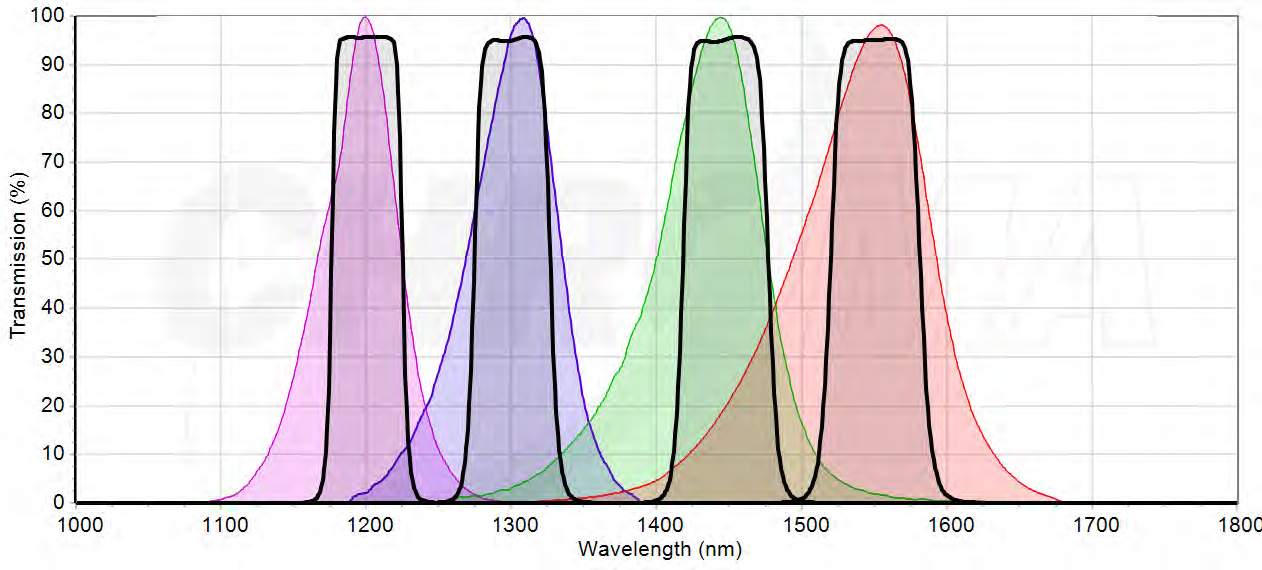
Image Credit: Chroma Technology Corp.
Optical filters manufactured from sputtered all-dielectric interference coatings on glass offer the highest level of spectral performance and the durability required to function under extreme conditions.

Image Credit: Chroma Technology Corp.
A multiband SWIR filter can be used with multiple LED light sources (turned on/off sequentially) to help identify defective fruit in this example while potentially identifying which wax (if any) is on the fruit.
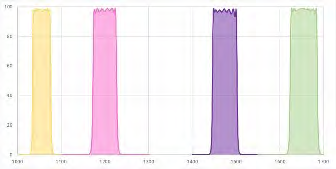
Image Credit: Chroma Technology Corp.
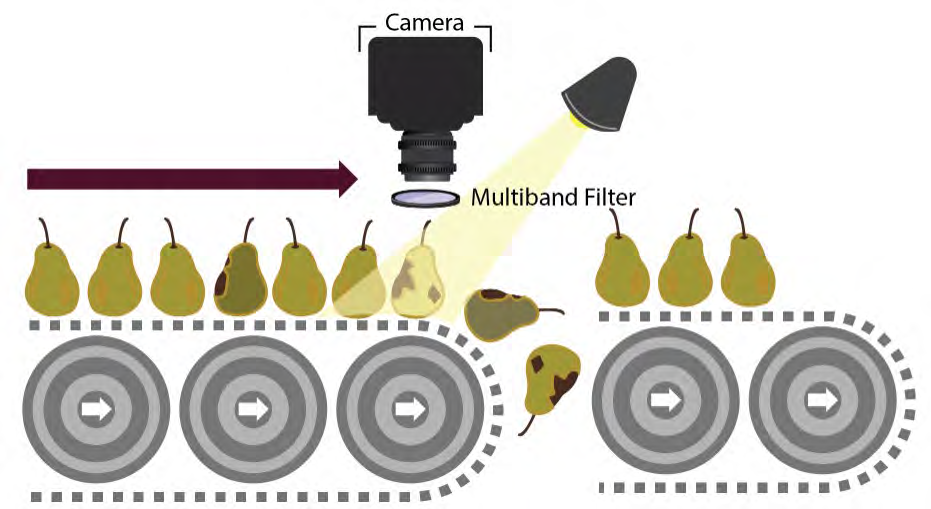
Image Credit: Chroma Technology Corp.
The inspection system can accommodate multiple bands, offering more useful information. For example, it can determine good vs. bad fruit, wax versus no wax, or wax type as the line rapidly moves by.
Multispectral imaging with UAVs holding multiple low-cost cameras is also ideally suited to remote sensing applications. Each camera features a filter, significantly reducing its cost and weight compared to a hyperspectral camera. This is key to effectively operationalizing precision agriculture.
This simpler approach means more UAV flights can be undertaken with less data to process, reducing the impact of a drone accident. Filters can also be customized to highlight key absorption features related to nitrogen and biomass located in the SWIR range.
Acknowledgments
Produced from materials originally authored by Chroma Technology Corp.

This information has been sourced, reviewed, and adapted from materials provided by Chroma Technology Corp.
For more information on this source, please visit Chroma Technology Corp.